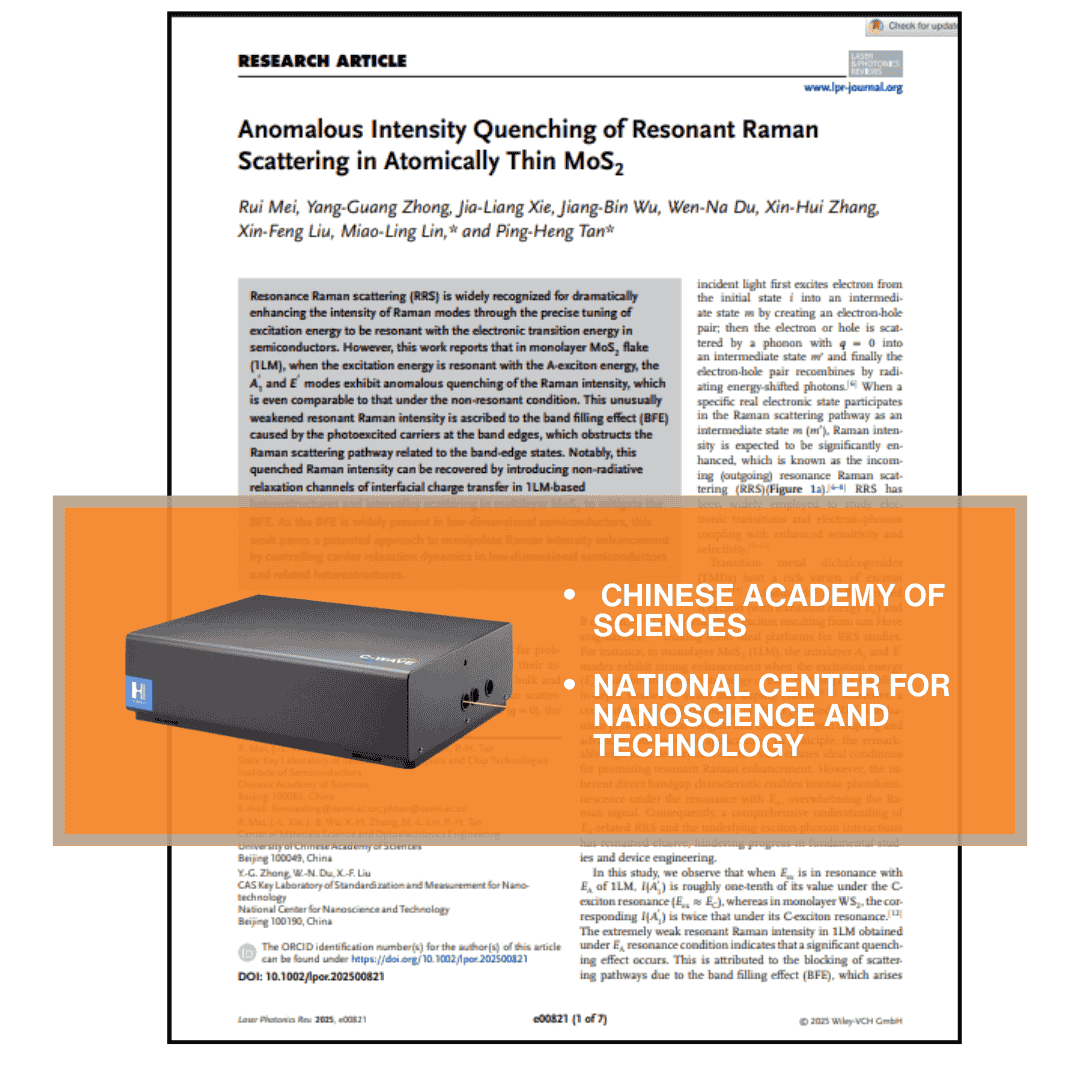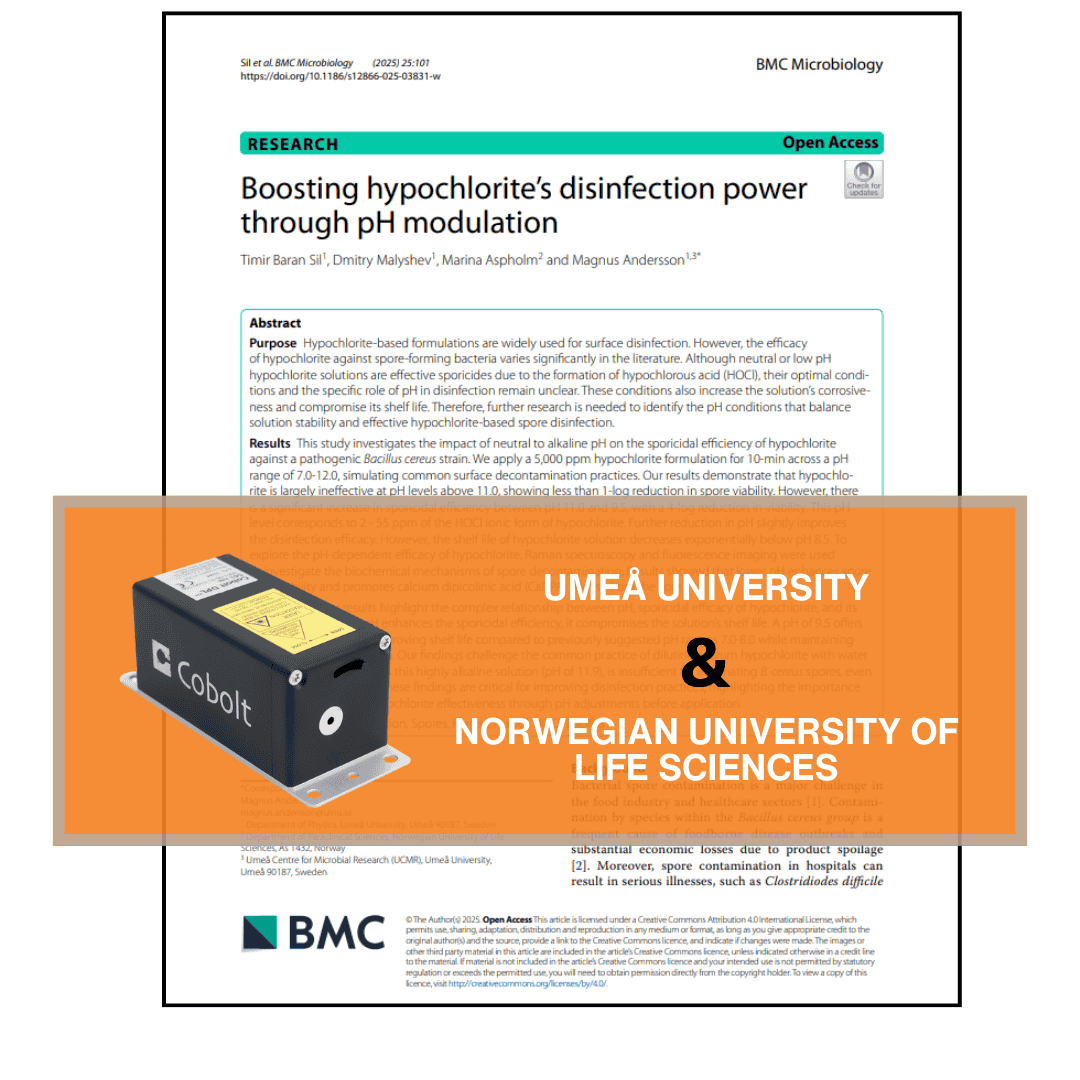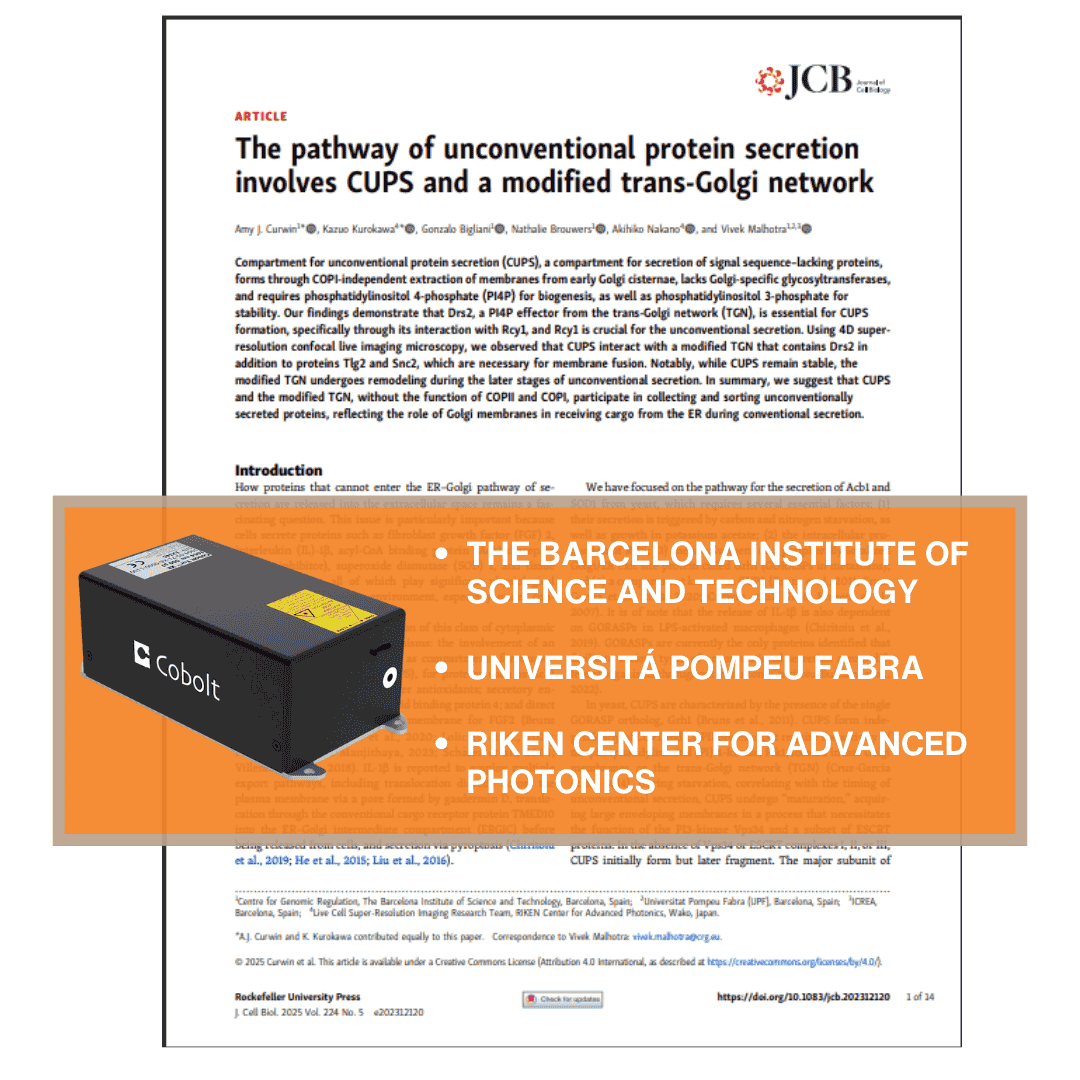3 March, 2021
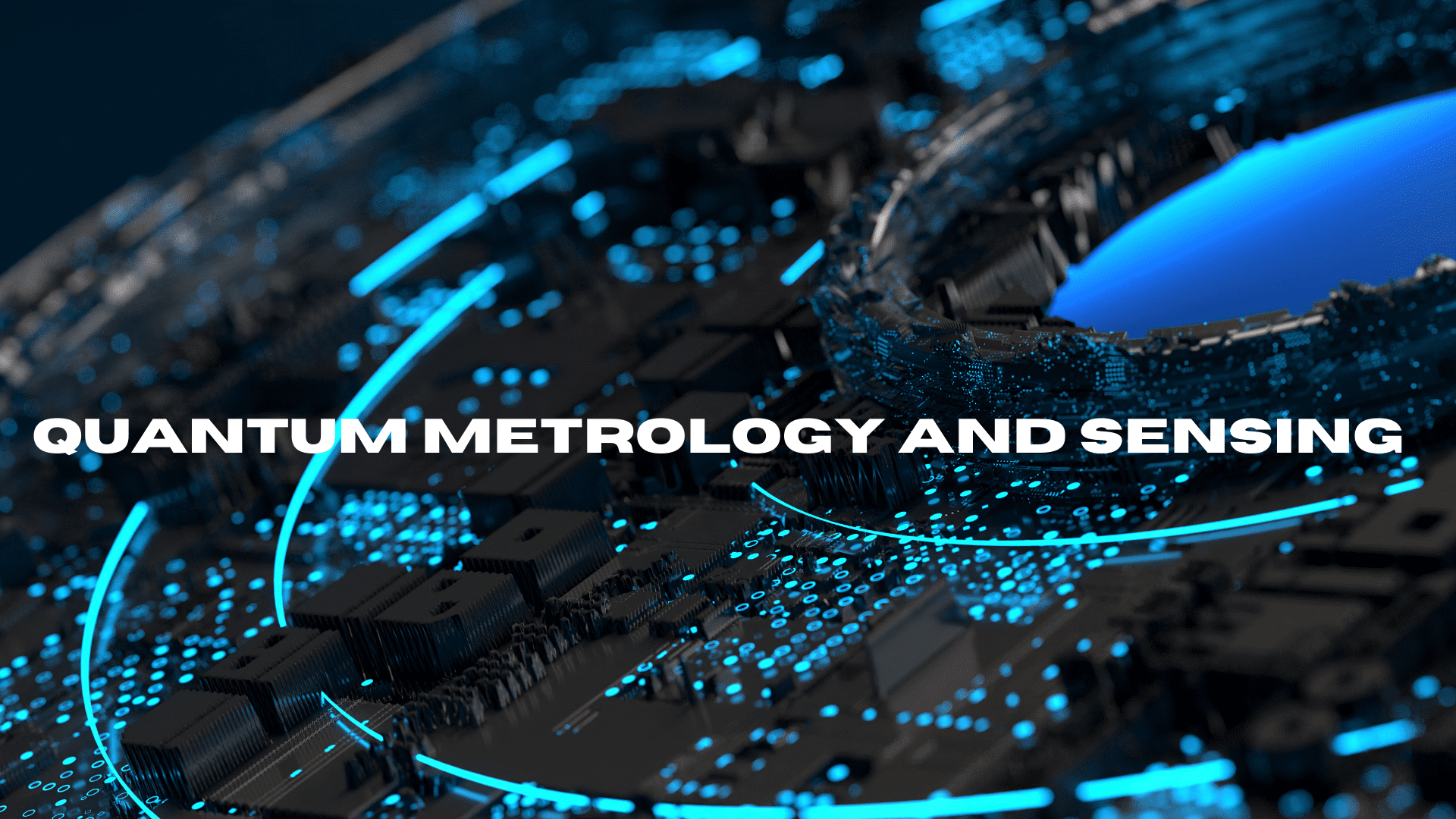
Quantum metrology and sensing
Quantum metrology and sensing, along with quantum-enhanced imaging (QMSI), leverage the unique properties of quantum states and phenomena such as entanglement and non-classical correlations across various physical platforms. These platforms include condensed matter, single photons, NV-centers, cold atoms, ions, and single electrons. QMSI devices offer significant improvements in the accuracy and precision of measurements across a wide array of systems. They overcome the limitations of traditional classical measurement techniques, addressing challenges such as environment-induced noise from vacuum fluctuations (shot noise), dynamically induced noise in position measurements (the standard quantum limit), and the diffraction limit [1].
QMSI technologies range from fundamental research applications to practical uses in industry, impacting fields such as physics, chemistry, biology, medicine, materials science, and quantum information, computation, and communication. The atomic-scale precision and coherence properties of quantum sensors provide unmatched spatial resolution and sensitivity.
How does quantum sensing work?
Quantum sensing operates by leveraging the unique properties of quantum mechanics to achieve measurements with unprecedented precision and sensitivity. Unlike classical sensors that rely on large collections of atoms, quantum sensors extract information from individual atoms or particles. These sensors exploit quantum phenomena such as entanglement, superposition, discrete states, and coherence to detect minute changes in physical quantities.
Quantum resources enable quantum sensors to overcome the physical constraints that limit traditional sensors, allowing for exceptional accuracy and reliability even in the presence of electromagnetic interference. By utilizing quantum bits, or qubits, which can be photons, ions, or neutral atoms, quantum sensors can detect subtle changes in environmental factors like rotation, pressure, gravity, and magnetic or electric fields. This makes quantum sensors immensely powerful tools for a wide range of applications, offering sensitivity beyond the limits of classical measurement techniques.
Quantum sensing can involve trapping atoms and ions in a vacuum chamber and cooling them to extremely low temperatures. Lasers are then used to manipulate these particles and measure their physical properties while precisely controlling their internal states. For example, by examining fluorescence patterns of atoms and ions, it is possible to determine the field’s strength and direction. Another method employs the properties of individual photons to measure physical quantities. For instance, to measure temperature with high precision, a laser beam is directed at a sample, and the scattered light’s intensity and wavelength are analyzed, enabling highly accurate temperature assessments.

What are the most used quantum sensors?
Quantum sensors represent a groundbreaking advancement in measurement technology, exploiting the principles of quantum mechanics to achieve exceptional precision and sensitivity. These sensors operate on the quantum scale, harnessing the unique behaviors of atoms, ions, and photons to perform measurements that far surpass the capabilities of traditional sensors. The diverse range of quantum sensors includes devices tailored for various applications, each leveraging distinct quantum properties to deliver highly accurate results. From timekeeping and magnetic field detection to temperature measurement and high-resolution imaging, quantum sensors are revolutionizing numerous fields by providing unparalleled measurement capabilities. The following sections explore the different types of quantum sensors and their specific applications.
Atomic clocks
Atomic clocks are a prime example of quantum sensors, using the stable oscillations of atoms such as cesium or rubidium to measure time with extraordinary accuracy. These clocks are critical for applications like GPS navigation and scientific research, where precise timekeeping is essential [3, 10].
Magnetometers
Magnetometers utilize the properties of atoms or ions to measure magnetic fields. These sensors are highly beneficial in areas such as geology, medical diagnostics, and materials science, providing detailed insights into magnetic field variations [2, 4].
Gravitometers
Gravitometers, another type of quantum sensor, measure gravitational fields with great precision. They play a vital role in geophysics and navigation, offering detailed measurements that are crucial for understanding gravitational anomalies and for precise positioning [5].
Interferometers
Interferometers use the interference patterns of photons to measure length or distance with extreme accuracy. These sensors are indispensable in metrology, microscopy, and precision engineering, where precise measurements are paramount [6].
Quantum thermometers
Quantum thermometers achieve high precision in temperature measurement by using atoms or ions. These sensors are particularly useful in materials science, medical diagnostics, and food safety, where accurate temperature readings are crucial [7].
Chemical sensors
Chemical sensors leverage quantum properties to detect specific chemicals with high sensitivity and specificity. They are invaluable in environmental monitoring, medical diagnostics, and food safety, providing precise chemical detection and analysis [8].
Imaging sensors
Imaging sensors utilize the properties of photons or atoms to produce high-resolution images. These sensors advance fields such as medical imaging, materials science, and surveillance by providing detailed visual information that traditional imaging technologies cannot match [9].
Through these various types of quantum sensors, we see the transformative impact of quantum mechanics on measurement technologies, driving forward scientific research and practical applications with unprecedented accuracy and reliability.
At HÜBNER Photonics we supply high performance lasers for many areas of quantum research.
Explore our related products:
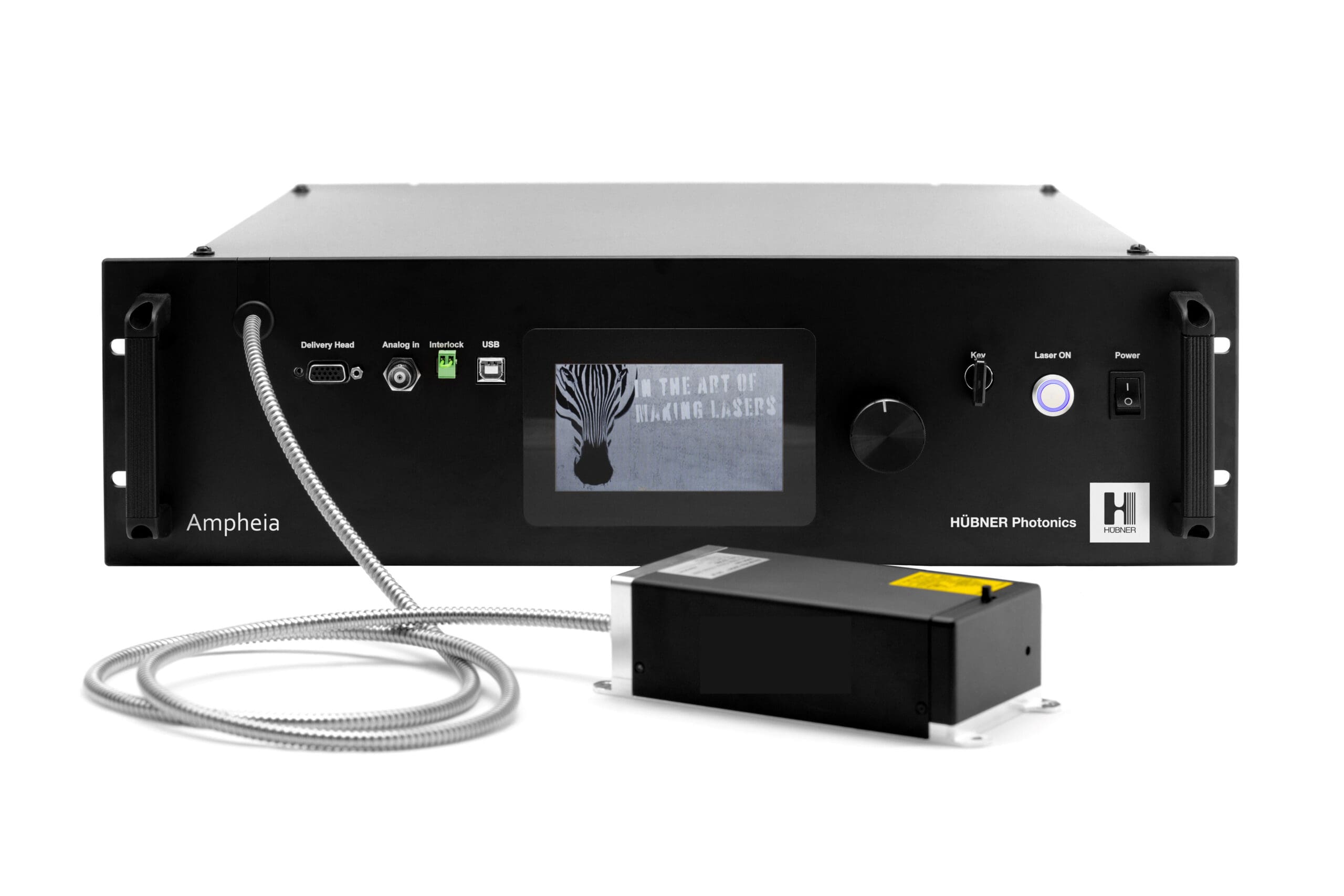
Ampheia™ Fiber Laser Systems
Ultra-low noise, single frequency, fiber laser systems
Wavelength: 532 nm, 1064.2 ± 0.6 nm
Output power: 5 W, 20 W, 40 W, 50 W
Applications: Atom Trapping and Cooling, Particle Analysis, Optical Metrology, Semiconductor Inspection, Holography, Low-Noise Laser Pump Source, Quantum sensing
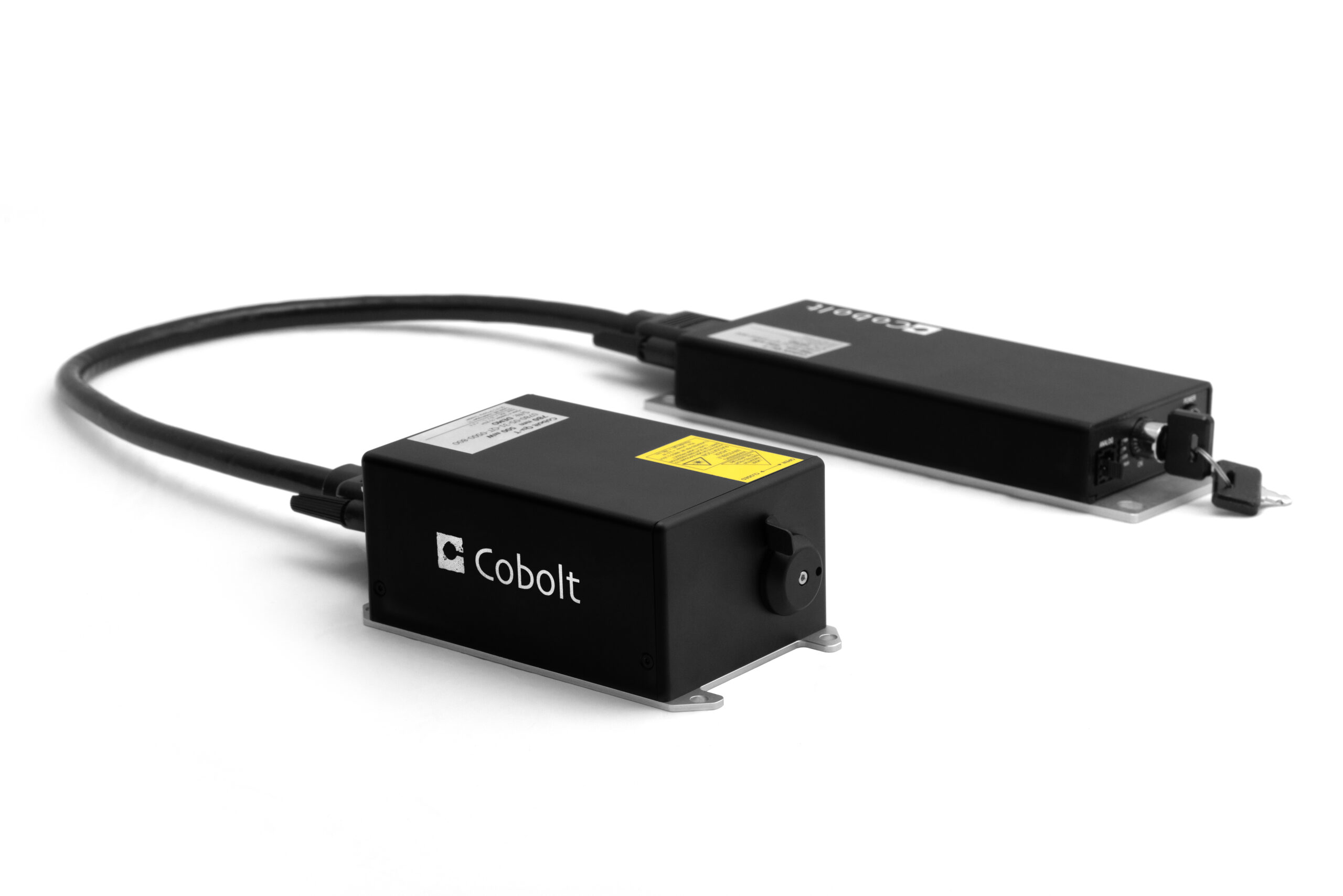
Cobolt Qu-T™ Series
Compact tunable Lasers – Single Frequency – Mode-hop Free Tuning
Wavelength: 707 nm, 780 nm, 813 nm
Output power: >500 mW
Applications: Quantum Research, Quantum Computing, Atom Cooling, Atom Clock Research, Raman spectroscopy
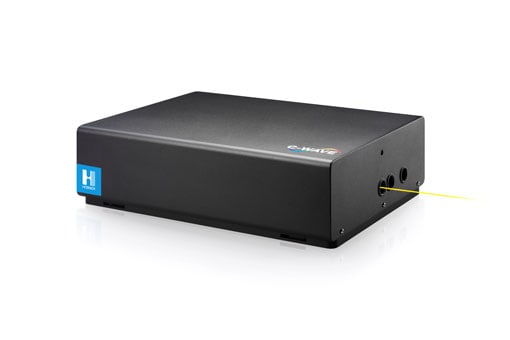
C-WAVE Series
Widely tunable continuous-wave lasers
Wavelength: 450 nm – 1900 nm
Power: 200 mW – 1000 mW
Applications: Nanophotonics, quantum research, Raman (TERS)
References:
- [1] https://www.cencenelec.eu/news-and-events/news/2023/brief-news/2023-03-22-standardization-for-quantum-technologies/
- [2] Aslam, N., Zhou, H., Urbach, E.K. et al. Quantum sensors for biomedical applications. Nat Rev Phys 5, 157–169 (2023).https://doi.org/10.1038/s42254-023-00558-3
- [3] Roslund, J.D., Cingöz, A., Lunden, W.D. et al. Optical clocks at sea. Nature 628, 736–740 (2024). https://doi.org/10.1038/s41586-024-07225-2
- [4] Roslund, J.D., Cingöz, A., Lunden, W.D. et al. Optical clocks at sea. Nature 628, 736–740 (2024). https://doi.org/10.1038/s41586-024-07225-2[5] Ménoret, V., Vermeulen, P., Le Moigne, N. et al. Gravity measurements below 10−9 g with a transportable absolute quantum gravimeter. Sci Rep 8, 12300 (2018). https://doi.org/10.1038/s41598-018-30608-1
- [6] Rui-Bo Jin, Zi-Qi Zeng, Chenglong You, Chenzhi Yuan , “Quantum interferometers: principles and applications” https://doi.org/10.48550/arXiv.2310.16378
- [7] Zeeshan Ahmed,”Role of quantum technologies in reshaping the future of temperature metrology” Measurement: Sensors, 18,2021,100308,
ISSN 2665-9174, https://doi.org/10.1016/j.measen.2021.100308. (https://www.sciencedirect.com/science/article/pii/S2665917421002713) - [8] Vardan Galstyan, “Quantum dots: Perspectives in next-generation chemical gas sensors” ‒ A review, Analytica Chimica Acta, Volume 1152, 2021, 238192, https://doi.org/10.1016/j.aca.2020.12.067.
- [9] F. Albarelli, M. Barbieri, M.G. Genoni, I. Gianani, A perspective on multiparameter quantum metrology: From theoretical tools to applications in quantum imaging,Physics Letters A, Volume 384, Issue 12, 2020,126311, https://doi.org/10.1016/j.physleta.2020.126311.
- [10] https://www.nasa.gov/missions/tech-demonstration/deep-space-atomic-clock/what-is-an-atomic-clock/
More resources
Explore our Publications for practical insights on how our customers are leveraging the power of our lasers in their projects.
Customer publications
Application: Raman spectroscopy
Product line: C-WAVE
Wavelength: Tunable
Optimizing Resonant Raman Scattering in Monolayer
Optimizing the sensitivity of Raman spectroscopy by engineering carrier relaxation dynamics to enhance Resonance Raman scattering intensity
Customer publications
Application: Raman spectroscopy
Product line: Cobolt
Wavelength: 785 nm
Tweaking Bleach’s PH Against Bacterial Spores
Scientists identify the optimal pH for hypochlorite-based sporicidal formulations that can balance solution stability and effectiveness of spore disinfection.
Customer publications
Application: Fluorescence microscopy
Product line: Cobolt
Wavelength: 473 nm, 561 nm
Cobolt Blues and Jive in Uncoventional Protein Secretion
Researchers have identified a specialized compartment called CUPS (Compartment for Unconventional Protein Secretion) that forms independently of the traditional cell pathway system


